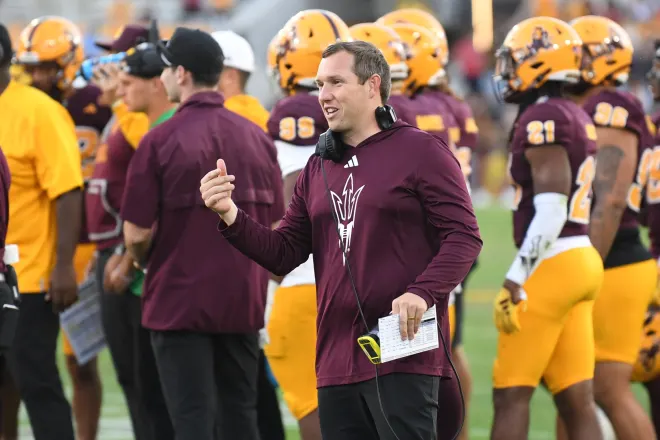Filling the Leadership Void: Meeting the Demands of Higher Expectations
By Jake Sloan
In today’s rapidly evolving world—marked by technological disruption, global uncertainties, and shifting workplace dynamics—organizations and communities are experiencing an unprecedented demand for effective leadership. With expectations rising across every sector, from corporate boardrooms to educational institutions and public service, one challenge echoes louder than most: the presence of leadership voids. When leadership is absent or ineffective, the resulting gap can hinder growth, weaken morale, and stifle innovation. Thus, the pressing question becomes: how do we effectively fill these voids to rise to today’s higher expectations?
Understanding the Leadership Void
A leadership void occurs when individuals in positions of influence either lack the skills, vision, or initiative to lead effectively—or when no one steps up to lead at all. It can manifest in many ways: unclear communication, indecision, lack of direction, absence of accountability, and a disengaged team. The effects are tangible. Employees lose motivation. Projects stall. Trust erodes.
The reasons behind leadership voids vary. Sometimes it’s the result of rapid growth, where organizations scale faster than they can develop leaders. Other times, seasoned leaders retire or exit without successors in place. In some cases, individuals are promoted based on technical skills rather than leadership capabilities, leaving them unprepared for the complexities of leading people.
Regardless of the cause, the void doesn’t stay empty for long. Nature abhors a vacuum—and in organizations, that vacuum may be filled by confusion, dysfunction, or informal power structures that undermine stability.
The Rise of Higher Expectations
Today’s expectations for leaders are more demanding than ever. Stakeholders, employees, customers, and communities expect transparency, empathy, innovation, and consistent results. They seek leaders who can navigate crises, foster inclusivity, drive sustainability, and leverage technology—all while maintaining ethical integrity and human connection.
This multi-dimensional demand has elevated the standard for leadership. No longer is it enough to manage operations; leaders must inspire transformation. They must be agile thinkers, emotionally intelligent communicators, and strategic visionaries. The bar has been raised—and the gap between the expectations and existing capabilities is where the void is most deeply felt.
The Cost of Unfilled Voids
Leaving a leadership void unaddressed can lead to significant consequences. Employee turnover increases, as people seek environments where they feel guided and valued. Productivity declines when teams lack clarity or direction. Perhaps most critically, organizational culture suffers. In the absence of strong leadership, silos form, toxic behaviors flourish, and long-term goals are abandoned for short-term survival.
In public institutions and communities, these voids can translate to public distrust, inefficiency, and a failure to address social or economic challenges. Whether in government, education, or the nonprofit sector, unfulfilled leadership can stall progress and deepen societal divides.
Strategies for Filling the Void
To effectively fill leadership voids and meet rising expectations, organizations and individuals must take intentional action:
1. Invest in Leadership Development
Proactive organizations treat leadership as a skillset, not just a title. They invest in training programs, mentorship, and succession planning. Future leaders must be identified early, coached consistently, and given opportunities to lead before they assume high-stakes roles.
2. Encourage Servant Leadership
Modern leadership is less about authority and more about service. Servant leaders prioritize the needs of their teams, listen actively, and remove barriers to success. This model fosters trust, collaboration, and a stronger organizational culture.
3. Embrace Emotional Intelligence (EQ)
Technical know-how is no longer sufficient. Leaders must develop emotional intelligence—the ability to understand, manage, and influence emotions in themselves and others. High EQ leads to better decision-making, healthier workplace relationships, and increased resilience during times of change.
4. Create a Culture of Accountability
Filling a leadership void isn’t about inserting one heroic individual. It’s about creating systems where accountability is shared, feedback is normalized, and performance is measured. When everyone takes ownership, leadership becomes a collective effort.
5. Cultivate Adaptive Thinking
In a volatile world, the ability to pivot is essential. Leaders must learn to adapt quickly, experiment wisely, and lead through ambiguity. Flexibility and foresight are no longer optional—they’re crucial competencies.
6. Elevate Diverse Voices
Too often, leadership voids exist because the same voices are recycled while others are excluded. Organizations that actively elevate diverse perspectives—across gender, race, age, and background—find more innovative solutions and stronger alignment with their communities.
Becoming the Leader We Need
Filling the leadership void doesn’t just rest on organizations—it starts with individuals. Each of us, in our own spheres of influence, has the potential to lead. Leadership is not confined to titles or corner offices. It’s defined by action, character, and the courage to step forward when it matters most.
As the world continues to evolve, the need for capable, compassionate, and courageous leadership will only intensify. Whether you’re a CEO, teacher, team manager, or community volunteer, the opportunity to lead is yours to claim. The higher expectations aren’t going away—and neither should our commitment to rise and meet them.
By recognizing the voids, preparing ourselves and others, and leading with integrity, we can ensure that the future is shaped not by absence, but by inspired and effective leadership.

